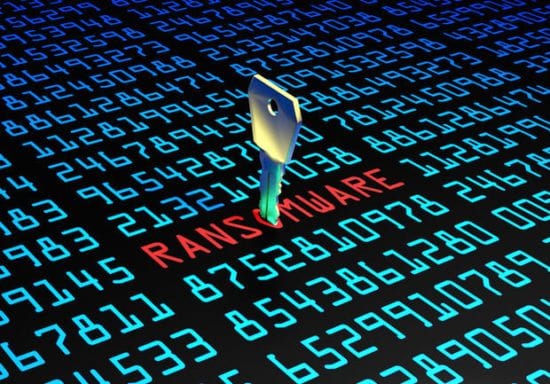Organisations could find themselves doubling the cost of clearing up after a ransomware attack if they pay off cybercriminals. According to a new survey for Sophos’ State of Ransomware 2020 report, the average cost of tackling the effect of such an attack, including business downtime, lost orders, operational costs, and more, but not including the ransom, was more than US$ 730,000 (£593,000). This average cost rose to us$1.4 million (£1.1 million), almost twice as much, when organisations paid the ransom.
Response Comments On Ransomware Costs Double If You Pay Up
Information Security Buzz is an independent resource that provides the experts’ comments, analysis, and opinion on the latest Cybersecurity news and topics



